I have a database structure (ER diagram below) that has three level of hierarchical data and the fourth level of optional data.

If I write a query to get de-normalized data of three levels - level 1 to level 3 with sample data across three tables shown as below:
When queried, this layout of the data is very straight forward and as expected as below:
Upon running the below query, I get the following output (And I have tried various combinations by clubbing the set of L1 to L4 and moving one L4 out as a another query and then joining the set L1 - L4 etc.) - again this is on the expected lines.
SELECT [Group].GroupId, [Group].GroupName, Category.CategoryId, Category.CategoryName, RLI.RLIId, RLI.RLIText, Comment.CommentId, Comment.CommentText, ManagementResponse.ManagementResponseId,
ManagementResponse.ManagementResponseTest
FROM Category INNER JOIN
[Group] ON Category.GroupId = [Group].GroupId INNER JOIN
RLI ON Category.CategoryId = RLI.CategoryId LEFT OUTER JOIN
ManagementResponse ON RLI.RLIId = ManagementResponse.RLIId LEFT OUTER JOIN
Comment ON RLI.RLIId = Comment.RLIId
However, I need data in the following format - and this is what I am unable to figure out how to get (I don't want the level 4 data to repeat as I add additional level 4 data via left outer joins):




